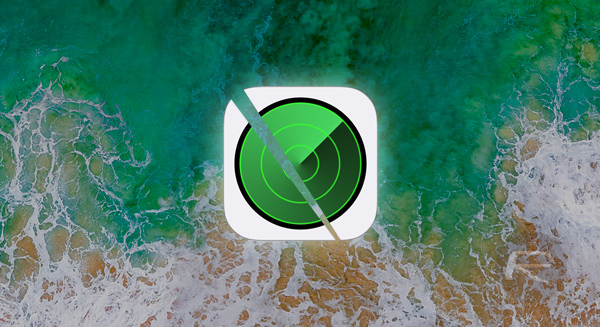Have you ever had an Apple device and wanted a way to completely bypass the iCloud Activation Lock security feature that’s been put in place by Apple? Well, this newly discovered bypass bug in the latest version of iOS 11 allows you to do exactly that to gain access to the device which will then allow you to entirely restore and use the device as you wish as if it was a brand new phone never before used.
Apple’s introduction of Activation Lock was designed to try and help make iPhone, iPad, and iPod touch devices more secure and robust for users, and, therefore, breeding additional confidence in the products.

It was a feature designed to ensure that if the device ever fell into the wrong hands then they couldn’t actually access the device, restore it to a fresh version of Apple’s mobile firmware, and then use it as they own personal device from scratch, or even sell it on through secondary sales channels. Activating Find My iPhone/iPad automatically enables Activation Lock.
Having a feature like that is all well and good until someone comes along and show that it can actually be tricked and bypassed with very little effort. EverythingApplePro has been showing off this handy little bypass in order to shed some light on the bug which exists in the latest version of iOS 11, that is 11.1, but to also try and lobby Apple into fixing the problem. It sounds like it would be an extremely difficult process to spoof, hack, or simply bypass Apple’s security, but in this instance, it appears to be a case of entering the wrong passcode into the device multiple times. It also seems like patience is a virtue as it doesn’t appear to be a quick and seamless hack.
The bug basically works by allowing a user to get to a screen locked by Activation Lock and then choosing to unlock it with a passcode. It’s then a case of continuously entering the wrong password, leaving the device to simmer down for approximately 60-minutes, and then giving it another try with the wrong passcode. You will then notice that you get instantly taken to the next screen as part of the setup process within iOS 11.
As we’re told, you will need Two-factor authentication enabled on the iPhone or iPad for this to work. Also it’s important to note that this isn’t the first time iOS 11 has been susceptible to this problem. Let’s hope Apple gets some visibility on this and fixes it as soon as possible with a future iOS 11.2 beta.
(Source: @EverythingApplePro [YouTube])
You may also like to check out:
- Download Official iPhone X Wallpapers Pack For Any iPhone Ahead Of Release
- Download: Pokemon Go 1.51.1 For iOS, 0.81.1 APK For Android Rolling Out
- Download iPhone X Reflection Ringtone And Then Set As Default On Any iPhone, Here’s How
- Downgrade iOS 11.1 To iOS 10.3.3 Still Works On iPhone 6s
- Download iOS 11.1 IPSW Links And OTA Update Of Final Version
- Downgrade iOS 11 / 11.1 On iPhone Or iPad [How-To Guide]
- Download iOS 11, 11.1, 11.0.3 Links & Install On iPhone X, 8, 7 Plus, 6s, 6, SE, iPad, iPod [Tutorial]
- Jailbreak iOS 11 / 11.1 / 11.0.3 On iPhone And iPad [Status Update]
You can follow us on Twitter, add us to your circle on Google+ or like our Facebook page to keep yourself updated on all the latest from Microsoft, Google, Apple and the Web.

